It replaces the hearts defective natural pacemaker functions. This node is considered the hearts natural pacemaker It helps control the heartbeat.
Learn more about the heart in this article.

A view of the heart's electrical impulses. The SA node is located in the upper wall of the right atrium. But in at least 1 of every 10 AFib cases other things may be at play. 1 An electrical impulse and 2 A mechanical response to the impulse.
The sinoatrial SA node or sinus node is the hearts natural pacemaker. Electrical system of the heart Electrical signals control the pump. During electrophysiology study a thin tube catheter is inserted into a blood.
The user can sense and control neural impulses the electrical discharges that travel along the nerve fibers within organisms. The tip of the catheter can destroy a tiny section of heart tissue that is the source or trigger of abnormal electrical impulses. From here the electrical signal travels through the right and left ventricles making them contract.
This damage often results from other conditions that affect the heart. This condition refers to abnormal electrical impulses that start in the ventricles and cause an abnormally fast heartbeat. First since each electrical impulse generates one heartbeat the number of electrical impulses determines the heart rate.
It produces the electrical impulses that cause your heart to beat. AFib causes the heart rate to increase and become erratic. One complete heartbeat is made up of.
Cardiac muscle in vertebrates one of three major muscle types found only in the heart. The atria and ventricles work together alternately contracting and relaxing to pump blood through your heart. Damage to your hearts electrical system can cause AFib.
Normally these signals begin in an area of the upper right chamber called the sinoatrial node sinus node or SA node. Your heartbeat is triggered by electrical impulses that travel down a special pathway through your heart. The sinoatrial SA node also referred to as the pacemaker of the heart contracts generating nerve impulses that travel throughout the heart wallThis causes both atria to contract.
The SA node is sometimes referred to as the hearts natural pacemaker because it initiates impulses for the heartbeat. Some types of arrhythmias have no symptoms. Pacemaker Impulse Generation.
It may be as simple as a straight tube as in spiders and annelid worms or as complex as the four-chambered double pump that is the center of the circulatory system in humans other mammals and birds. The first step of cardiac conduction is impulse generation. The rhythmic contractions are regulated by the sinoatrial node.
Arrhythmia also known as cardiac arrhythmia or heart arrhythmia is a group of conditions in which the heartbeat is irregular too fast or too slow. This often happens if. The heart rate that is too fast above 100 beats per minute in adults is called tachycardia and a heart rate that is too slow below 60 beats per minute is called bradycardia.
The electrical system of the heart is the power source that makes this possible. Cardiac muscle possesses contractile units known as sarcomeres and exhibits rhythmic contractions. The hearts electrical system.
View source History Talk 0 Neural Impulse Manipulation. We have learned however that communication between the heart and brain actually is a dynamic ongoing two-way dialogue with each organ. This may revert the abnormal rhythm back to normal.
Then the impulses travel down to the atrioventricular or AV node which acts as a kind of relay station. Electrical signals arising in the SA node located in the right atrium stimulate the atria to contractThen the signals travel to the atrioventricular node AV node which is located in the interatrial septumAfter a delay the electrical signal diverges and is conducted through the left and right bundle of His to the respective Purkinje fibers for each side of the heart as well as to the. When the heart detects a signal it contracts or beats.
A Holter monitor is a portable device designed to continuously monitor the electrical activity of the heart. Heart-Brain Communication Traditionally the study of communication pathways between the head and heart has been approached from a rather one-sided perspective with scientists focusing primarily on the hearts responses to the brains commands. Your heartbeat is triggered by electrical impulses that travel down a special pathway through the heart.
The heart beat contraction begins when an electrical impulse from the sinoatrial node also called the SA node or sinus node moves through it. Atrial fibrillation or AFib occurs when many unstable electrical impulses misfire and may result in the atria quivering out of control. Tells the heart to beat through automaticity.
The human heart gives off electrical impulses or signals which tell it to beat. Cardioversion may be an option for some types of tachycardia. These electrical impulses make the atria contract first.
Its a small mass of specialized cells in the top of the right atrium upper chamber of the heart. Automaticity means that these specialized cells within the heart can discharge an electrical current without an external pacemaker or stimulus from the brain via the spinal cord. The electrical system of your heart is the power source that makes this possible.
Heart organ that serves as a pump to circulate the blood. An electrocardiogram records the hearts electrical impulses and may reveal abnormal electrical patterns. And second as the electrical signal spreads across the heart it triggers the heart muscle to contract in the correct sequence thus coordinating each heartbeat and assuring that the heart works as efficiently as possible.
Whilst under anaesthetic you are given an electrical shock over the heart. They can partially influence thoughts or kill by blocking the hearts contraction or by either depriving or overloading the target with neural impulses. A Holter monitor is usually worn for 24 hours.
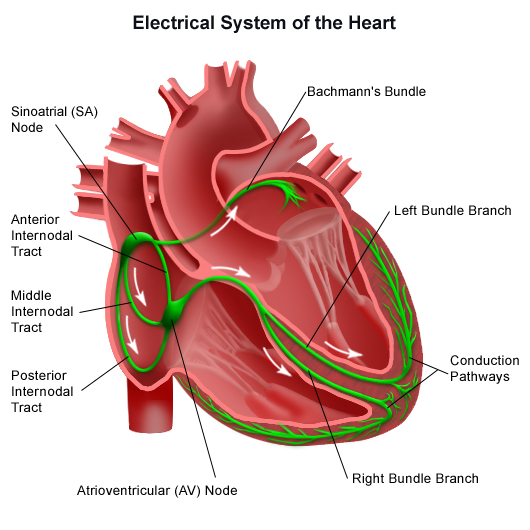
Anatomy And Function Of The Electrical System

Hy Heart Electrical Conduction Mcat Cardiovascular System Biology Review

Electrical Conduction Of The Heart Paramedic Study Guide Ultimate Study Guide For Paramedic Students

Figure Showing The Conducting System Of The Heart And The Movement Of Electrical Impulses Through It Cardiac Muscle Cell Stimulation School Organization
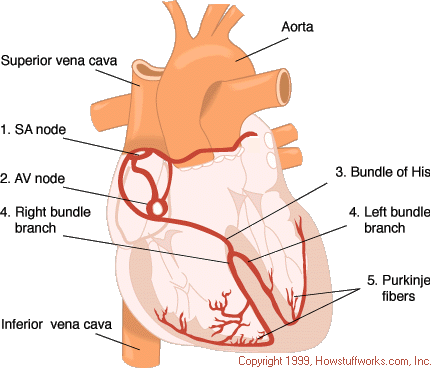
Normal Electrical Impulse Of The Heart Slide Share
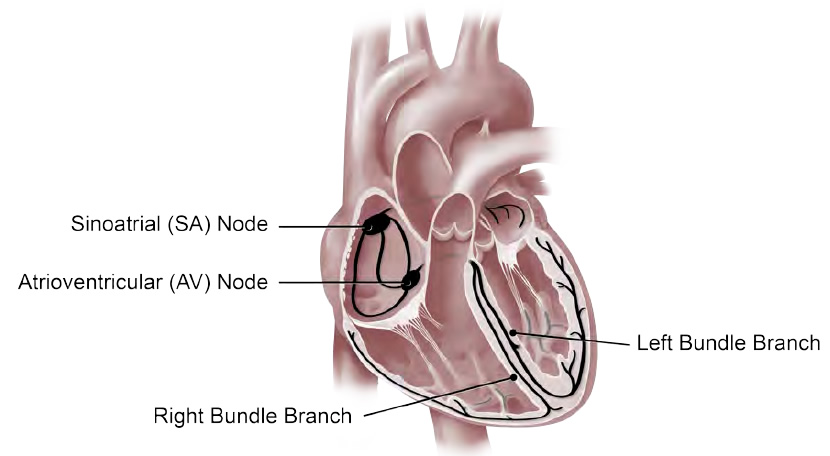
The Heart S Electrical System University Of Ottawa Heart Institute

Spread Of Electrical Impulse Through The Structures Of The Heart Download Scientific Diagram
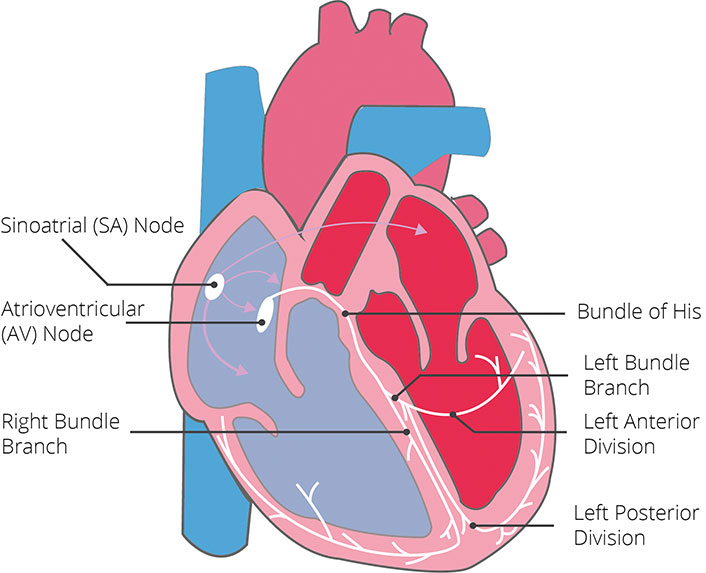
Electrocardiogram Ecg Cardiosecur

Cardiac Muscle And Electrical Activity Anatomy And Physiology Ii

Electrical Pathway Through The Heart Initiation Action Potential Timing Study Com
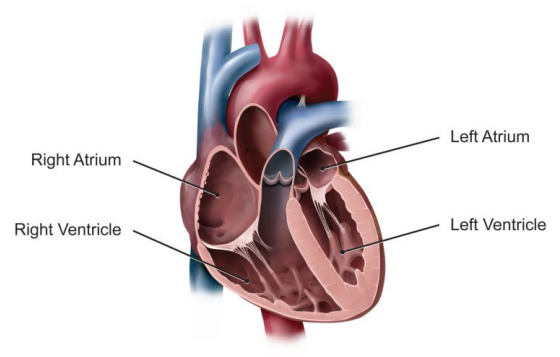
The Heart S Electrical System University Of Ottawa Heart Institute

The Cardiac Conduction System Youtube

Electrical Conduction System Of The Heart The Figure Illustrates The Download Scientific Diagram

Associate Degree Nursing Physiology Review
Atrioventricular Av Block My Doctor Online
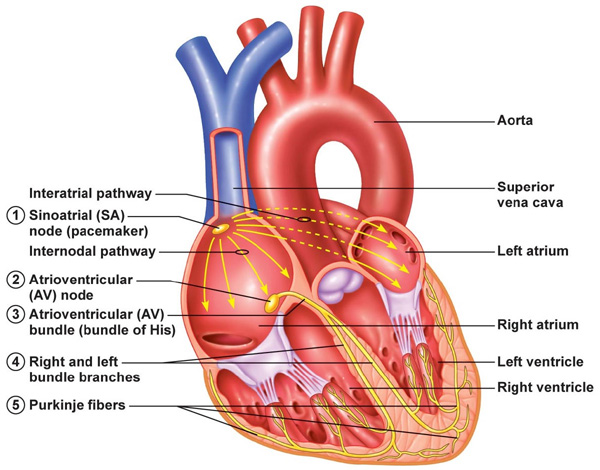
Electrical Signals Of The Heart

The Heart S Electrical Conduction System Download Scientific Diagram



